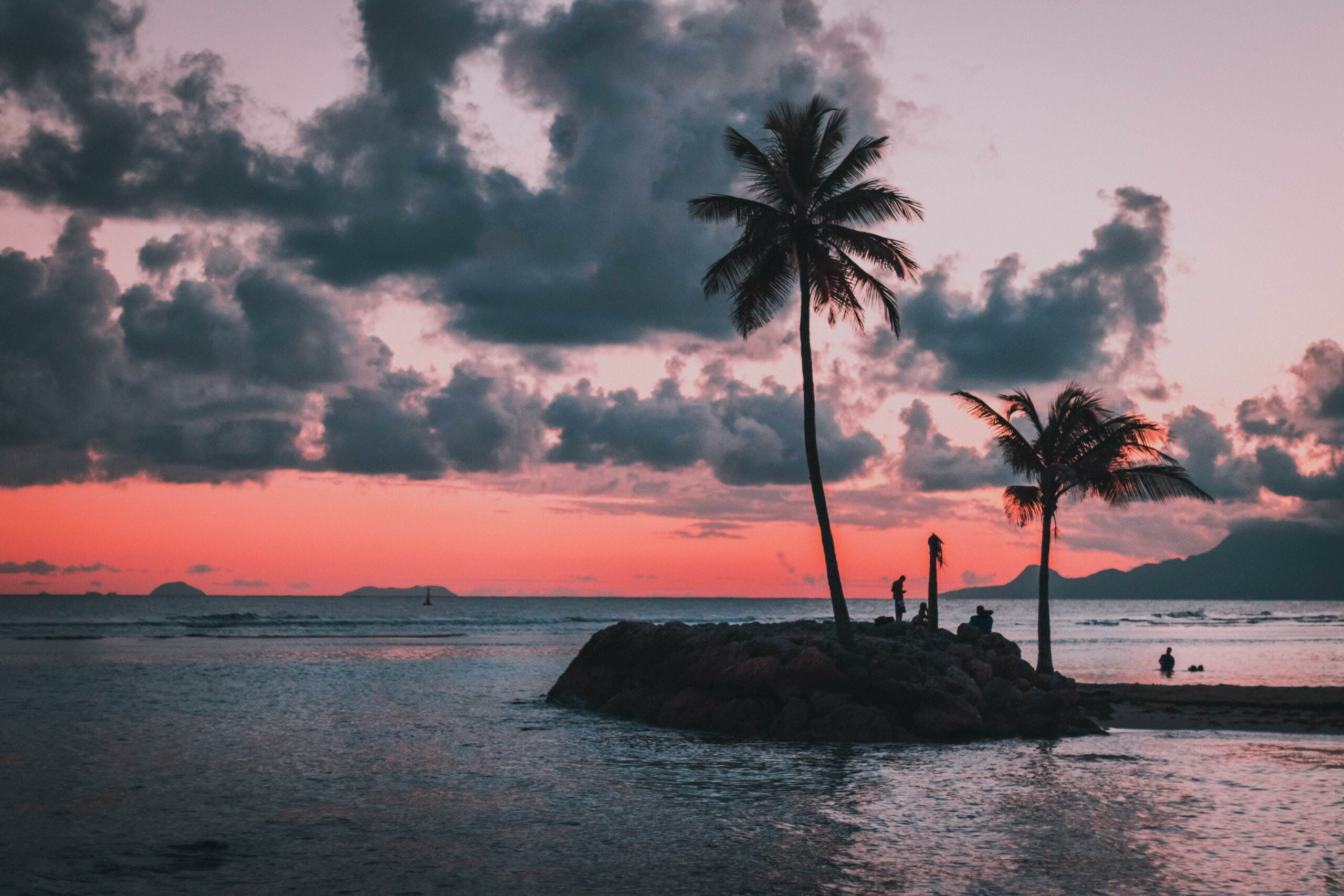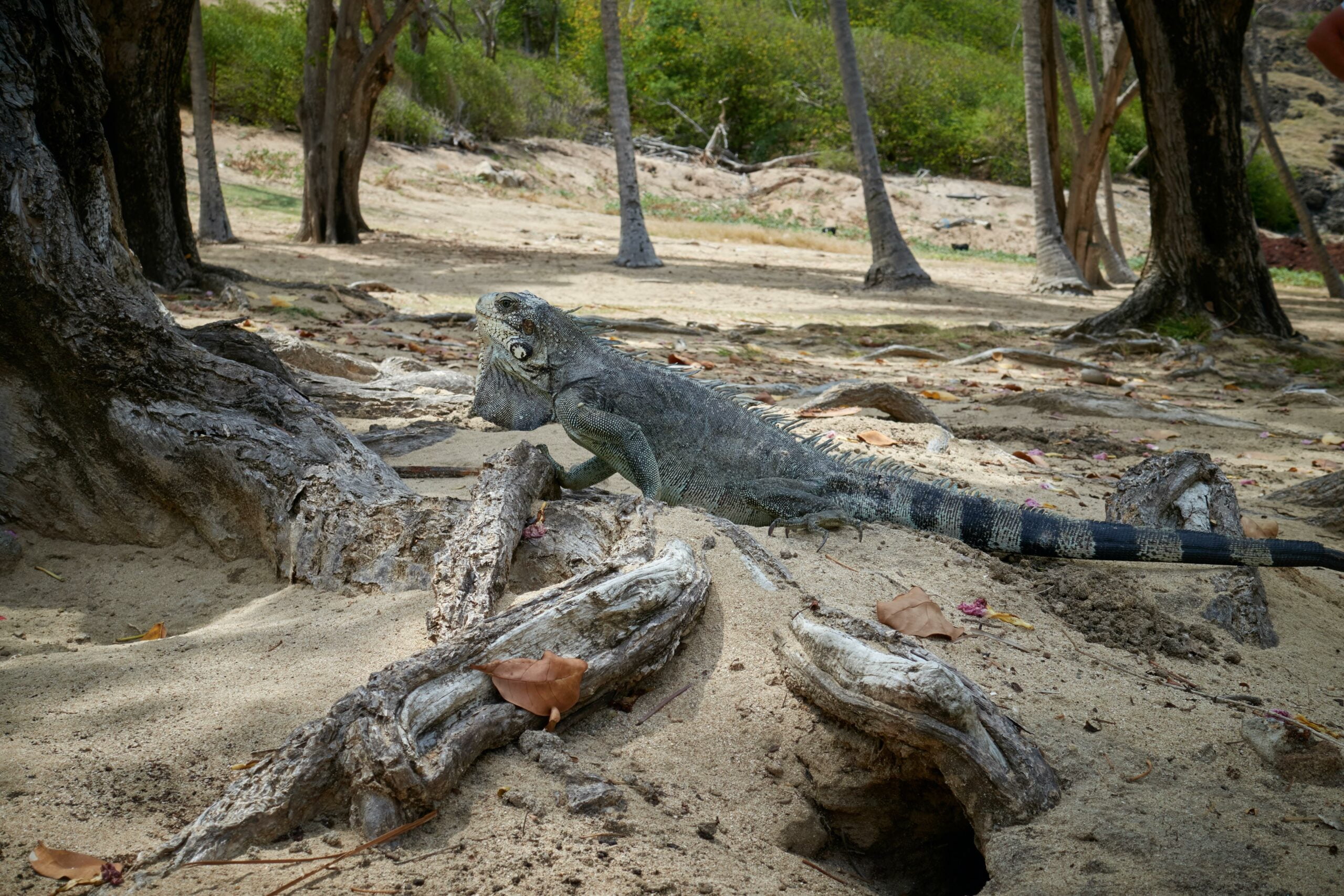Unveiling Guadeloupe’s Cultural Tapestry: A Journey Through its Rich Heritage

Embark on a captivating exploration of the enigmatic Guadeloupe culture, a treasure trove of history just waiting to be discovered. As a seasoned cultural historian with a relentless passion for unearthing the hidden gems of our world, my extensive experience in researching and documenting the rich tapestry of diverse cultures uniquely positions me to delve into the captivating history of Guadeloupe. From the influences of African, European, and Indigenous cultures to the vibrant art, music, and cuisine that mirror the island’s heritage, this article promises an enlightening journey through the intricate threads of Guadeloupe’s remarkable cultural history.
Uncovering Guadeloupe’s Captivating Cultural Tapestry
As we delve into the enchanting world of Guadeloupe, we begin to unravel the threads of a rich history that has woven together a cultural tapestry like no other. This Caribbean jewel, settled by the Arawaks in 300 AD, bears testament to the enduring legacy of its original inhabitants, who named it “Karukera,” meaning “the island of beautiful waters.” From those early beginnings, Guadeloupe’s culture has flourished and evolved, shaped by a myriad of influences from Africa, Europe, India, and its Caribbean neighbors.
Guadeloupe, with its breathtaking landscapes and vibrant communities, offers a captivating blend of history, language, and cultural traditions. The majority of the island’s inhabitants practice Roman Catholicism, while Evangelical Protestantism has gained prominence as a minority religion. French is the official language, reflecting the island’s colonial past, but Creole serves as the lingua franca, infusing everyday life with a distinctive flavor. English also finds its place in the tourism industry and among professionals.
The tale of Guadeloupe’s history stretches across centuries, bearing witness to the ebb and flow of empires. When Christopher Columbus stumbled upon the archipelago in 1493, it marked the beginning of a new chapter. Over the years, Guadeloupe endured its share of colonization, with France becoming its primary ruler. Yet, there were periods of English occupation and even a brief period of Swedish claim. Slavery and its eventual abolition left an indelible mark on the island’s cultural identity, as freed slaves regained their heritage and shaped a new narrative.
Guadeloupe’s captivating cultural heritage can be seen in every facet of life, from its art and music to its cuisine and dance. The influence of African, European, and Indigenous cultures is interwoven through the vibrant beats of traditional drumming and the graceful movements of traditional dance forms like Gwo Ka. Explore the island’s historical sites, such as Le Fort Fleur d’Épée, an 18th-century stronghold that stands as a testament to Guadeloupe’s past.
Step into the local markets, where the aromas of spices and fresh produce transport you to a world of flavors shaped by diverse influences. Savor the unique fusion of French, African, and Indian culinary traditions, tantalizing the taste buds with dishes like Colombo, a fragrant curry-like stew, and accras, delightful fritters bursting with Caribbean flavors. Feel the rhythm of tambour and maracas at festivals celebrating Creole culture, where the spirit of Guadeloupe comes alive with vibrant colors, infectious music, and a sense of unity that is deeply rooted in its historical journey.
As we journey through this fascinating cultural tapestry, we are reminded of the words of Maya Angelou, who once said, “History, despite its wrenching pain, cannot be unlived, but if faced with courage, need not be lived again.” The rich history of Guadeloupe culture celebrates resilience, heritage, and the vibrant spirit of its people, a testament to the diverse cultural mosaic that makes this island a captivating destination for history enthusiasts and cultural adventurers alike.
So come, immerse yourself in the enchanting world of Guadeloupe, where the past is alive and vibrant, and the tapestry of its culture awaits your exploration.
“Discover the captivating history, language, and cultural traditions that shape the resplendent tapestry of Guadeloupe. From the influences of Africa, Europe, and Indigenous cultures to the vibrant art, music, and cuisine, this Caribbean gem offers a journey through time and a rich heritage that will leave you awe-inspired.”
Guadeloupe is a vibrant and culturally rich destination that offers a unique blend of traditions, music, and cuisine. Immerse yourself in the captivating Guadeloupe culture, where every street corner tells a story and every dish is infused with the flavors of the Caribbean. From colorful festivals to lively dance performances, there is always something happening that will leave you enchanted. Experience the magic of Guadeloupe culture by clicking here: Guadeloupe Culture. Embark on a journey of discovery and let the beauty of this island captivate your senses.
FAQ
Question 1
What is the significance of Guadeloupe’s name “Karukera” given by the Arawaks?
Answer 1
The Arawaks, who settled in Guadeloupe in 300 AD, called it “Karukera,” which means “the island of beautiful waters.” This name highlights the importance of the island’s stunning bodies of water to the indigenous people.
Question 2
What are the main religions practiced in Guadeloupe?
Answer 2
The majority religion in Guadeloupe is Roman Catholicism, while a significant minority follows Evangelical Protestantism. These religious practices have helped shape the cultural and social fabric of the island.
Question 3
What languages are spoken in Guadeloupe?
Answer 3
The official language of Guadeloupe is French, reflecting its history as a French colony. However, the lingua franca spoken by the majority of the population is Creole. Additionally, English is also spoken among professionals and those in the tourism industry.
Question 4
How has Guadeloupe’s rich history influenced its cultural identity?
Answer 4
Guadeloupe’s cultural identity is a beautiful tapestry woven from diverse influences. The island’s history as a French colony, periods of English occupation, and its African, Indian, and Caribbean neighbors have all contributed to its unique blend of art, music, dance, and culinary traditions.
Question 5
What is the significance of Le Fort Fleur d’Épée?
Answer 5
Le Fort Fleur d’Épée, located in Guadeloupe’s Grande-Terre island, is an 18th-century historical site of great significance. It serves as a reminder of Guadeloupe’s colonial past and provides insights into the island’s history, showcasing the architectural and cultural heritage that has shaped its identity.
“`json
“`
















